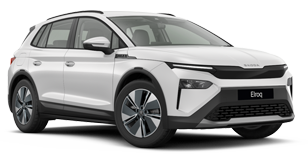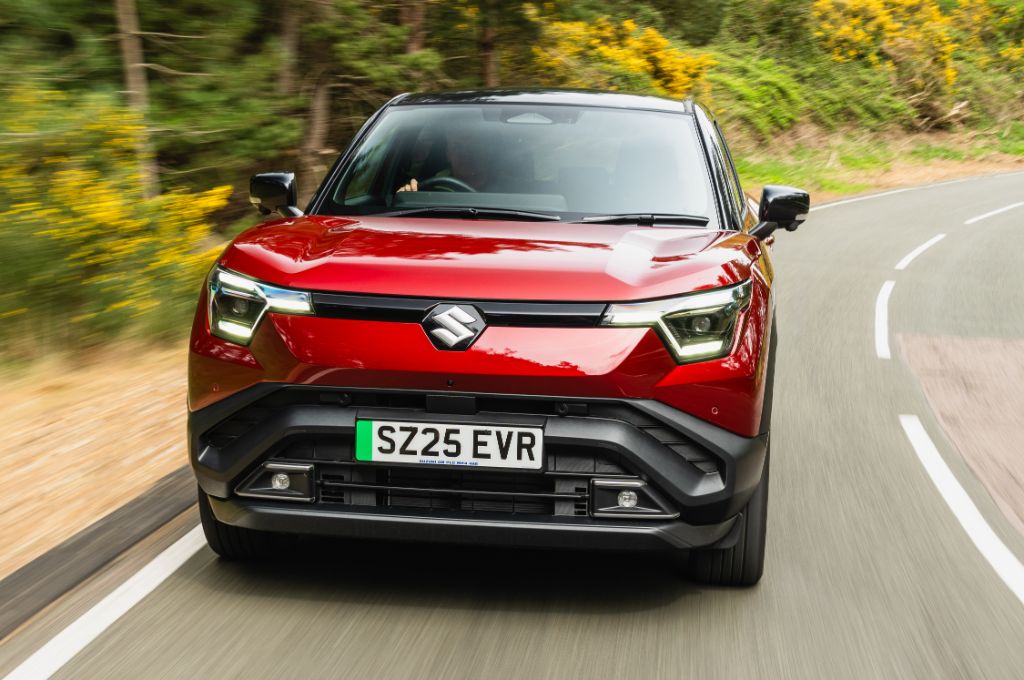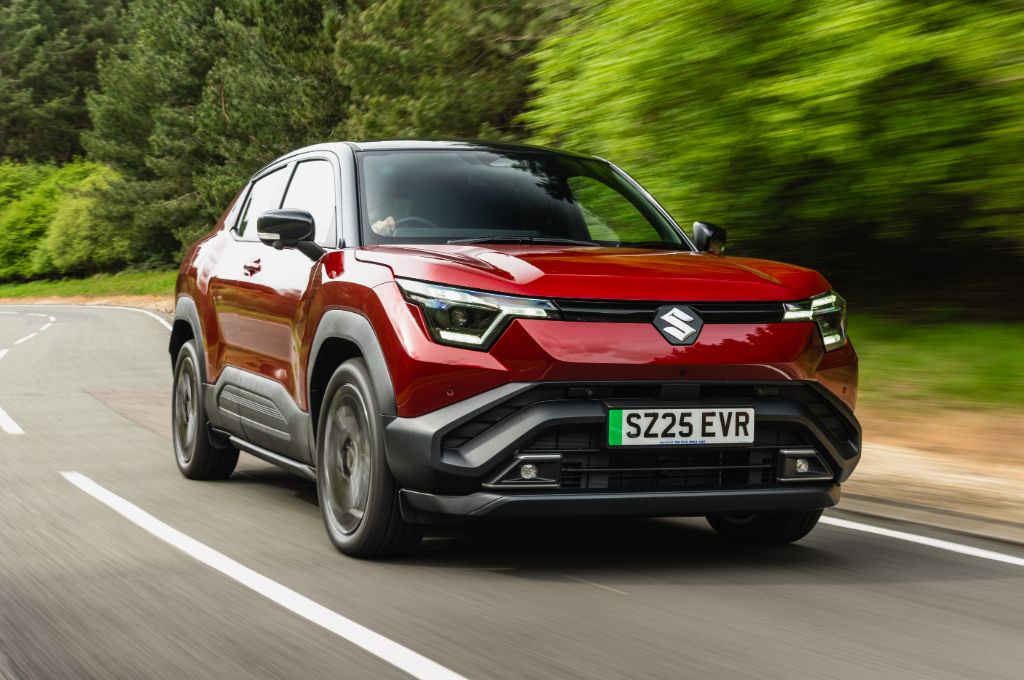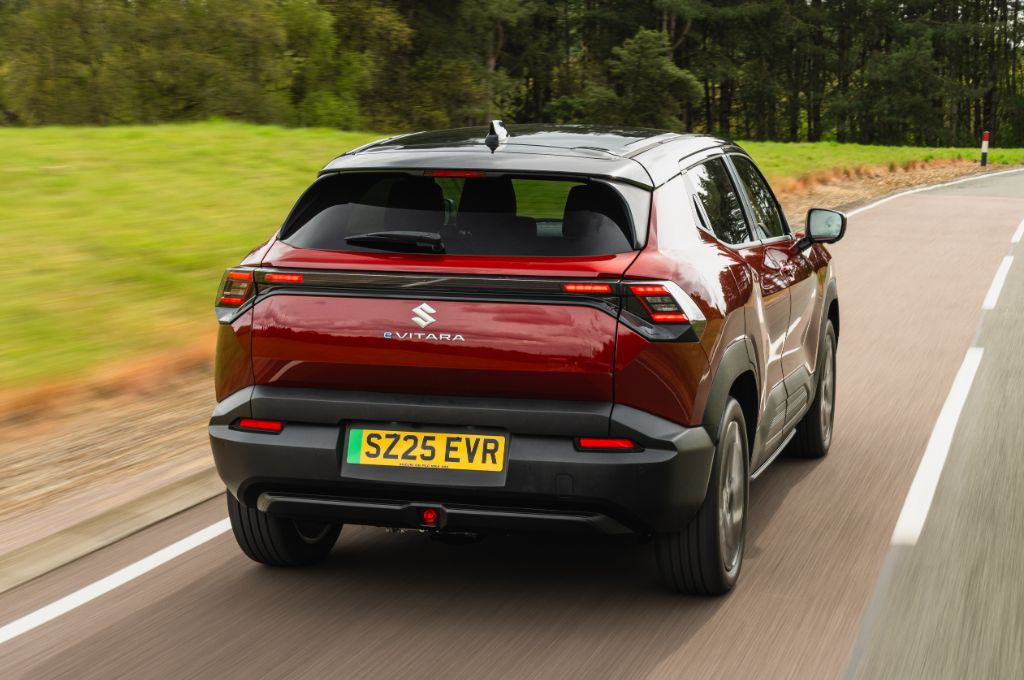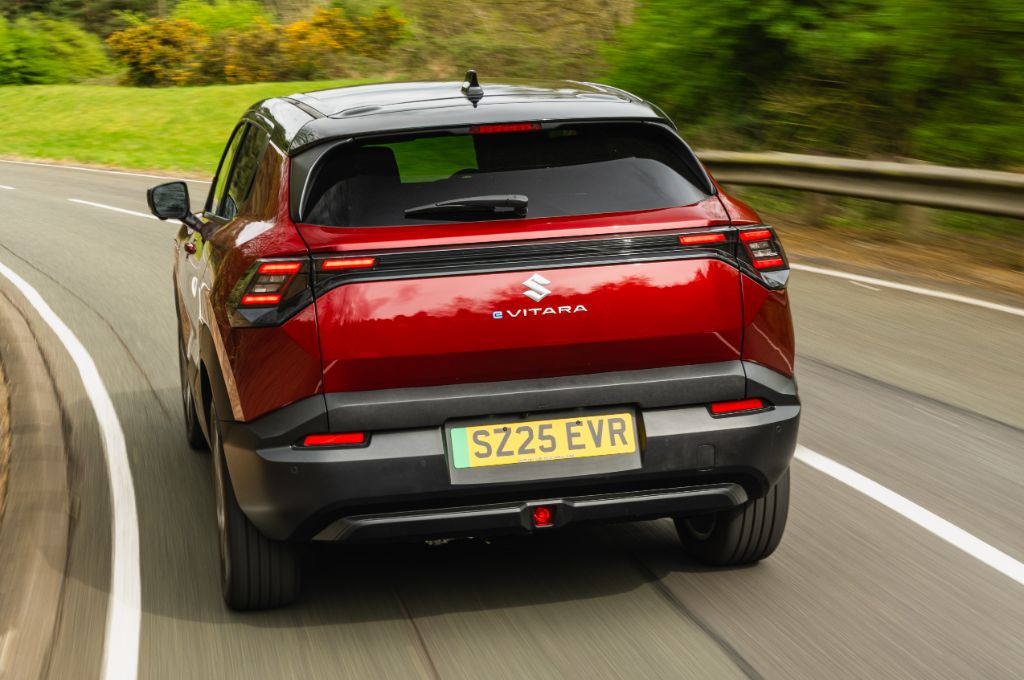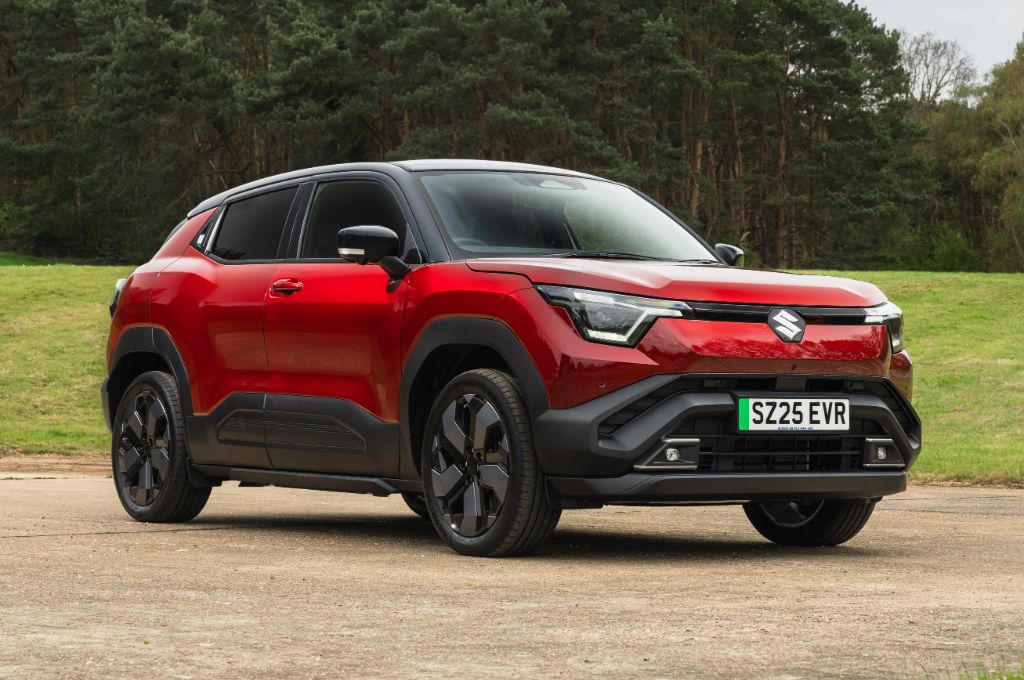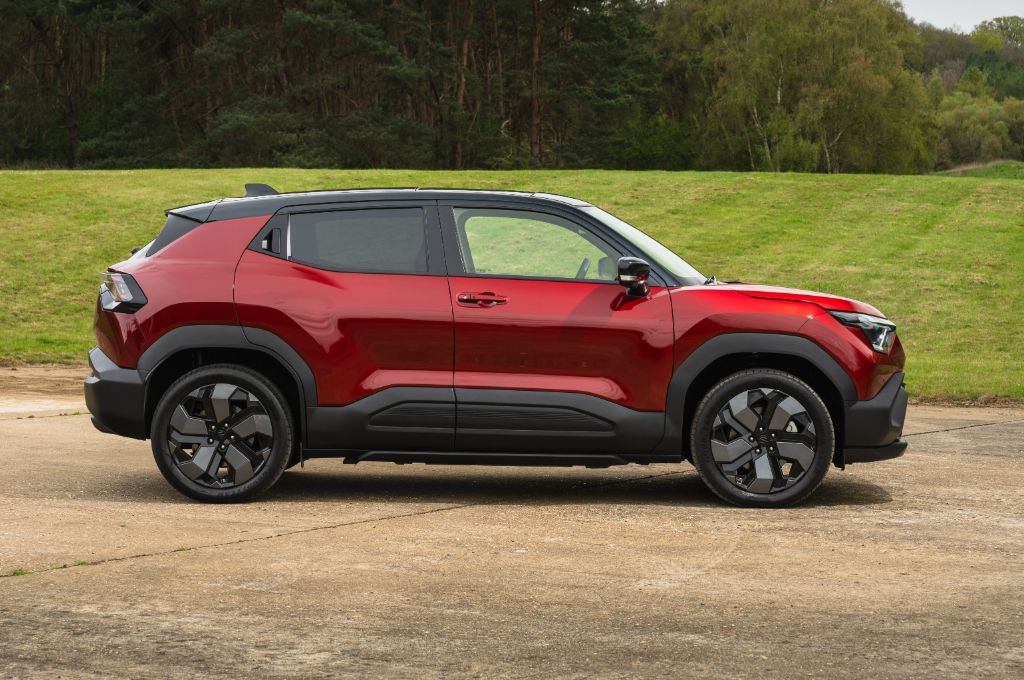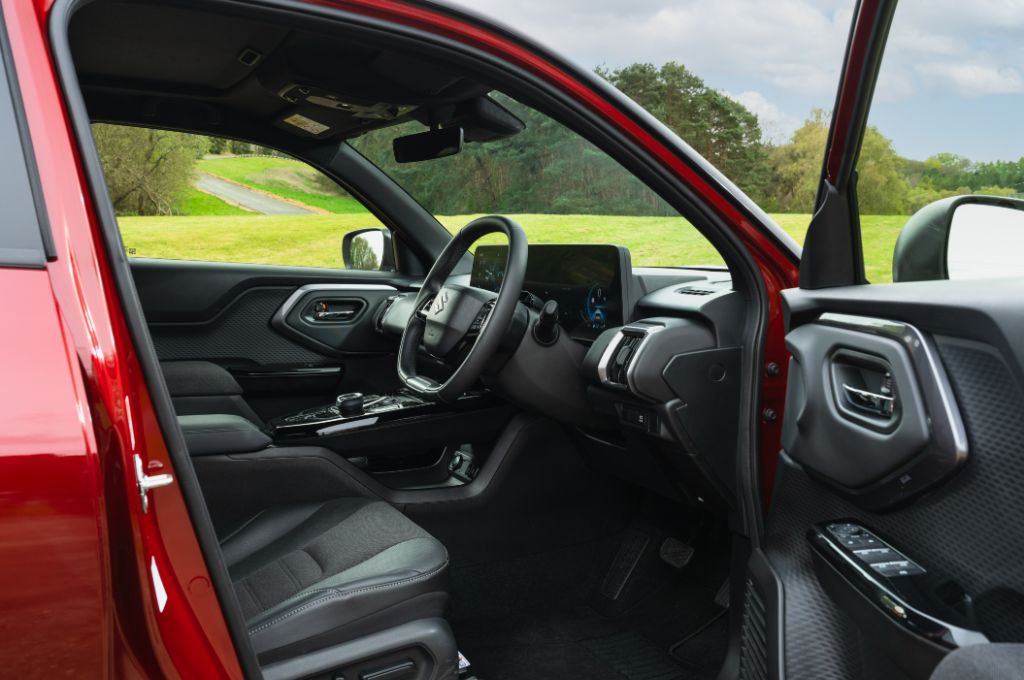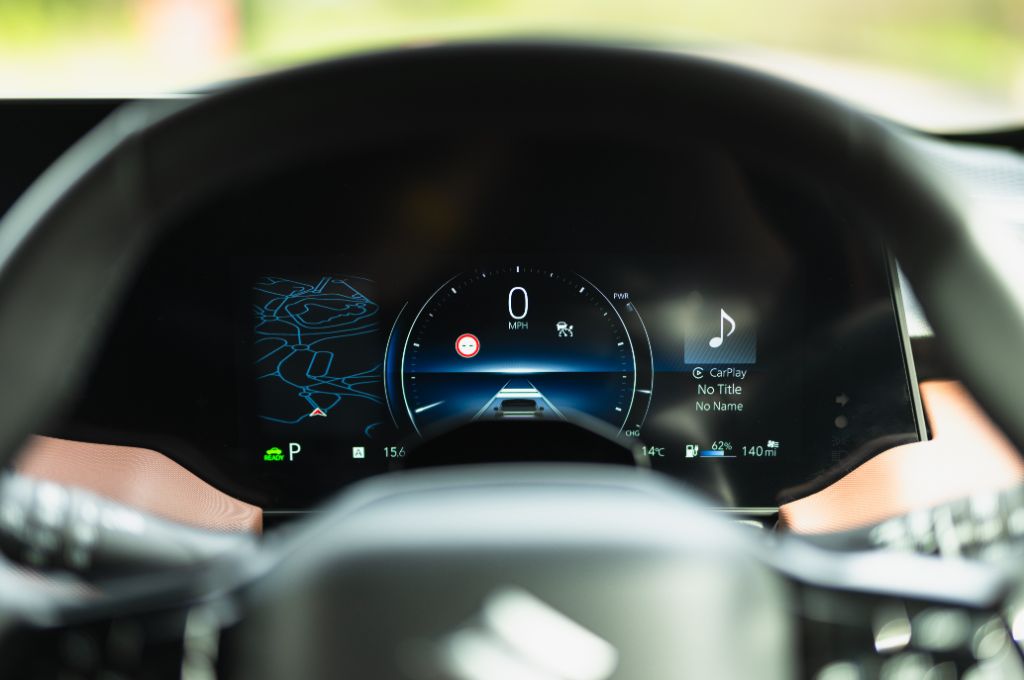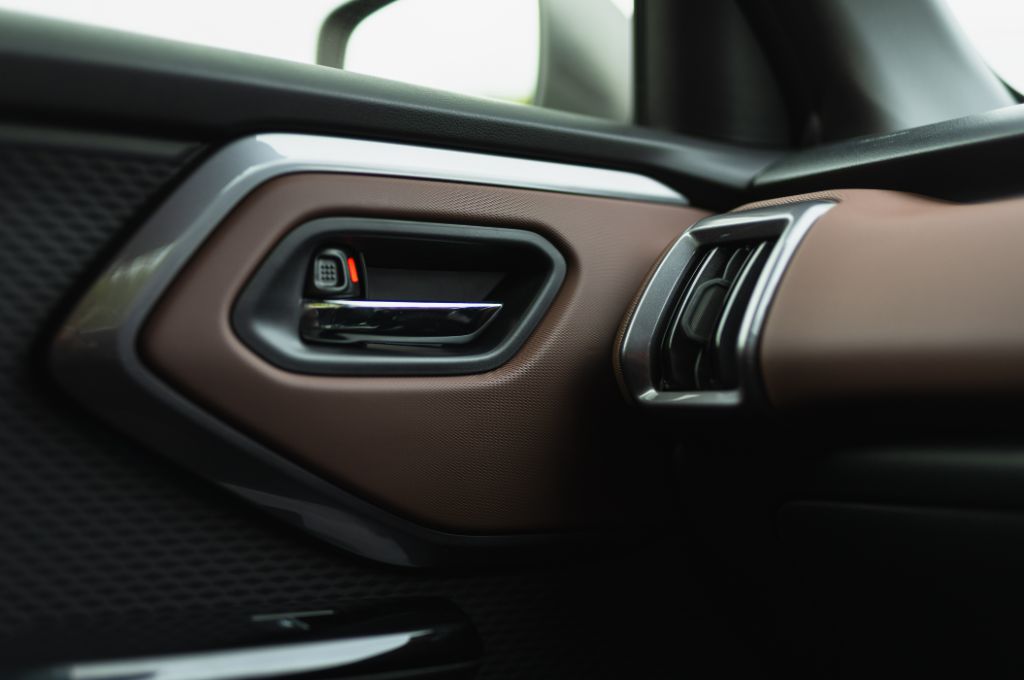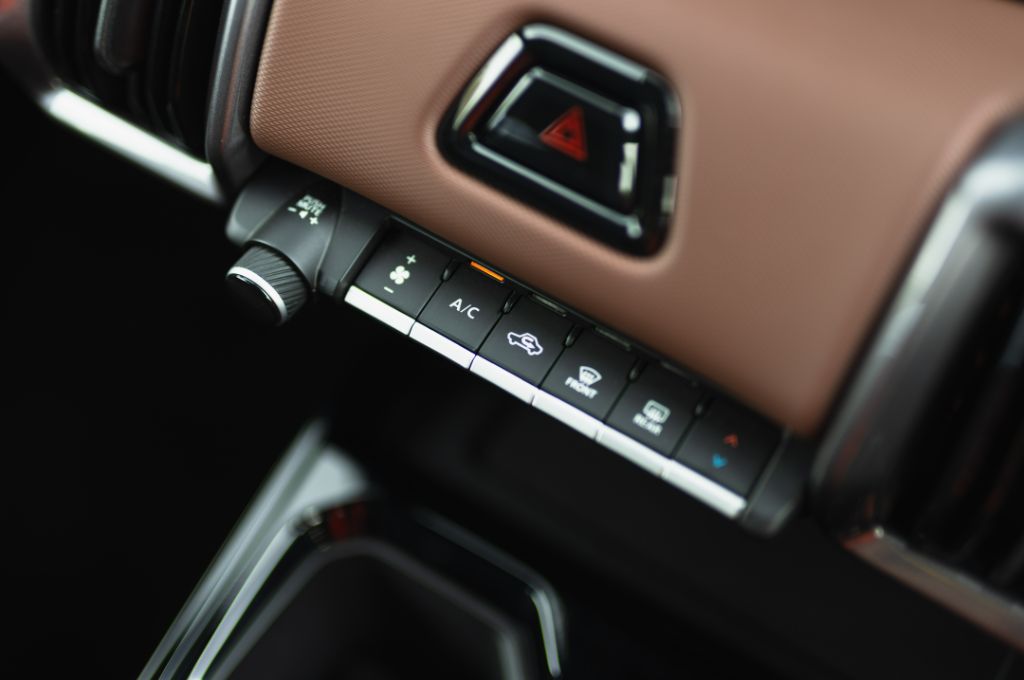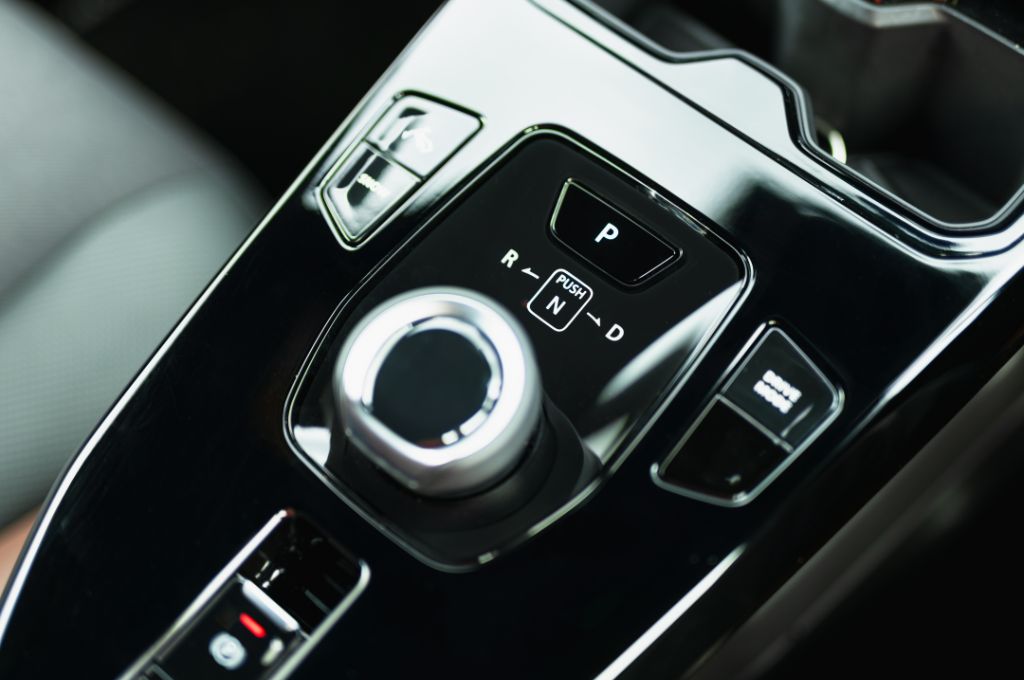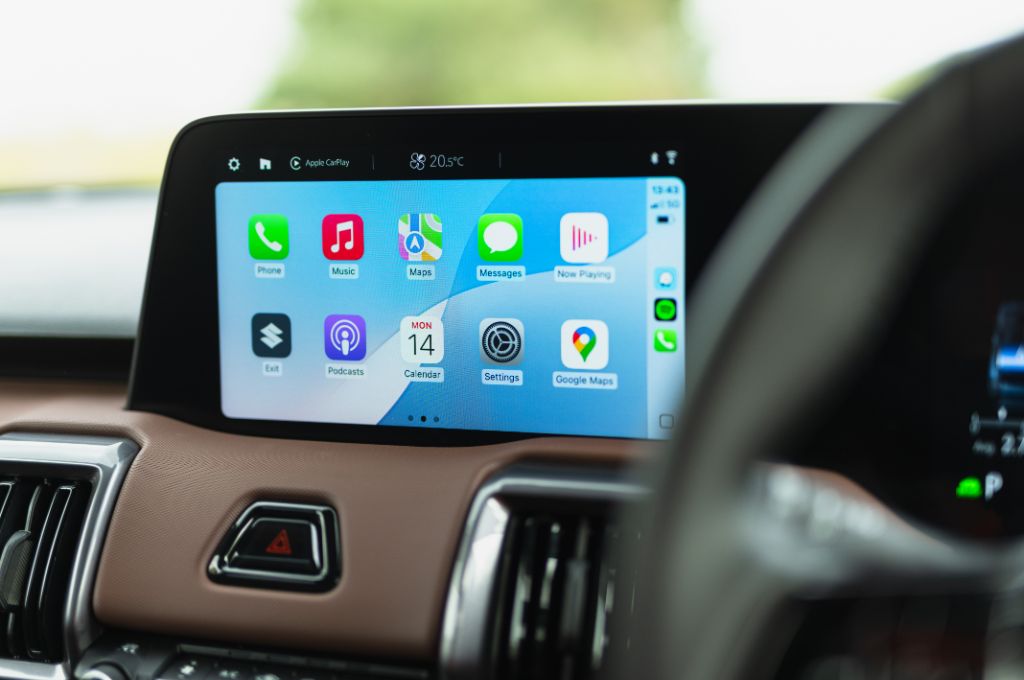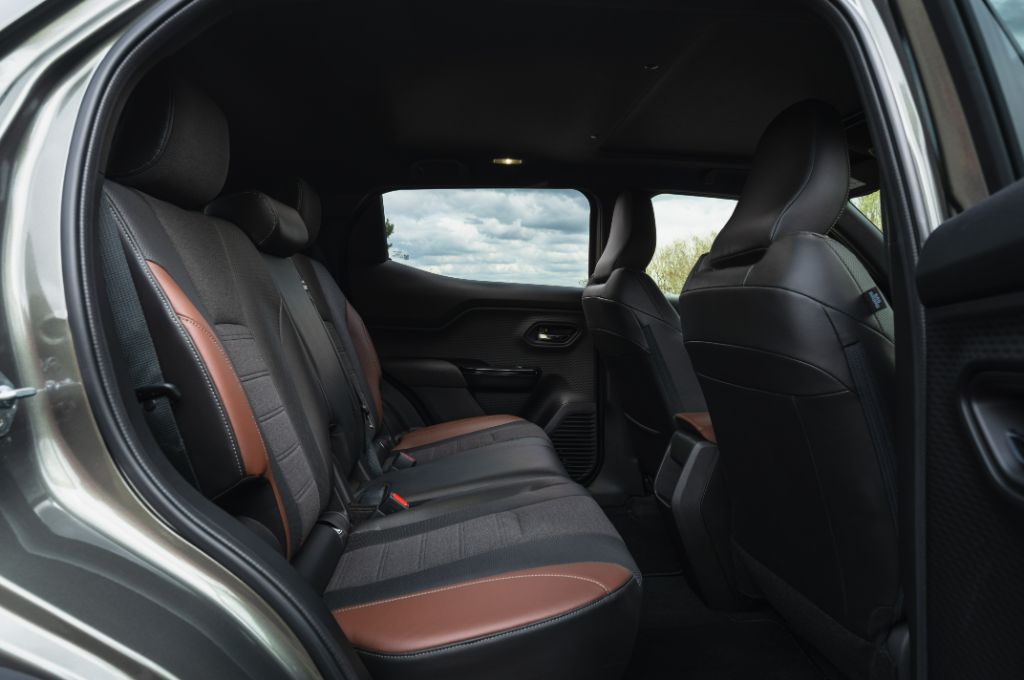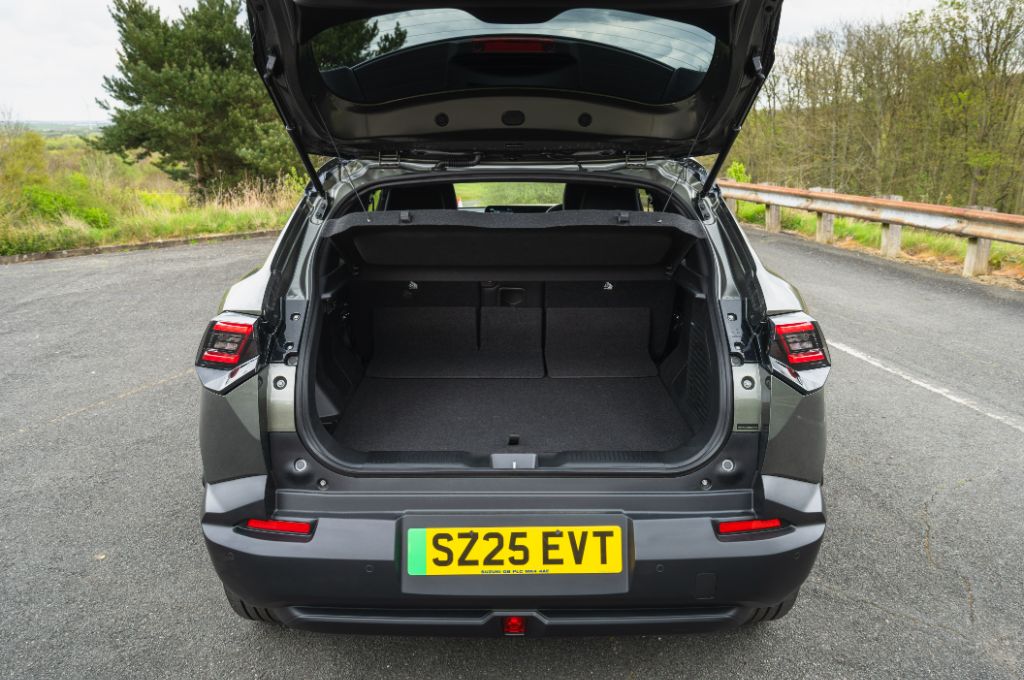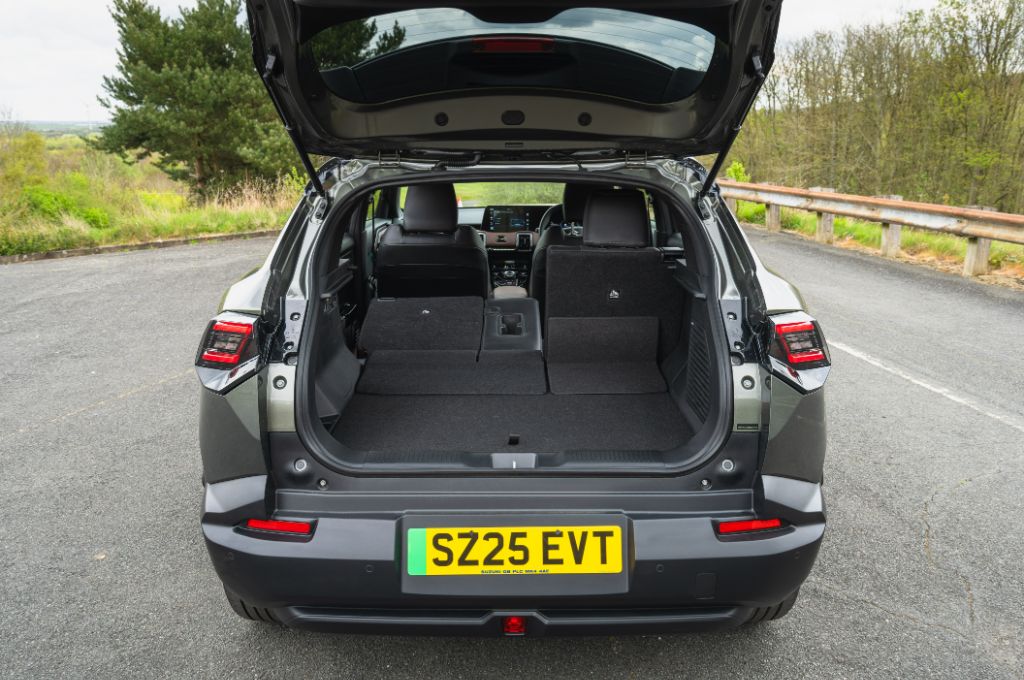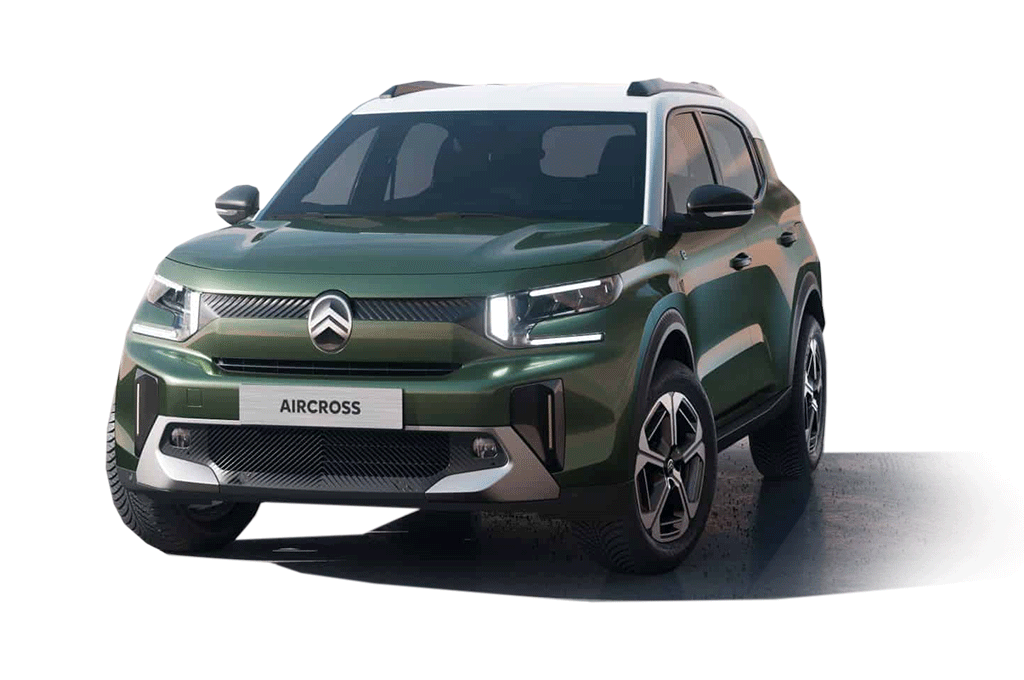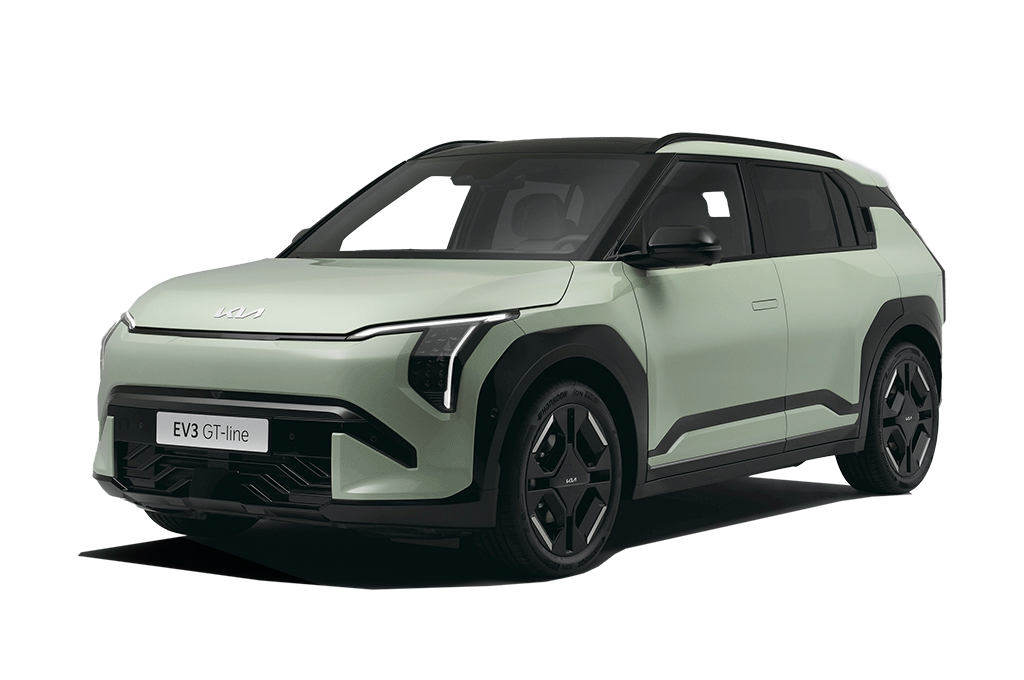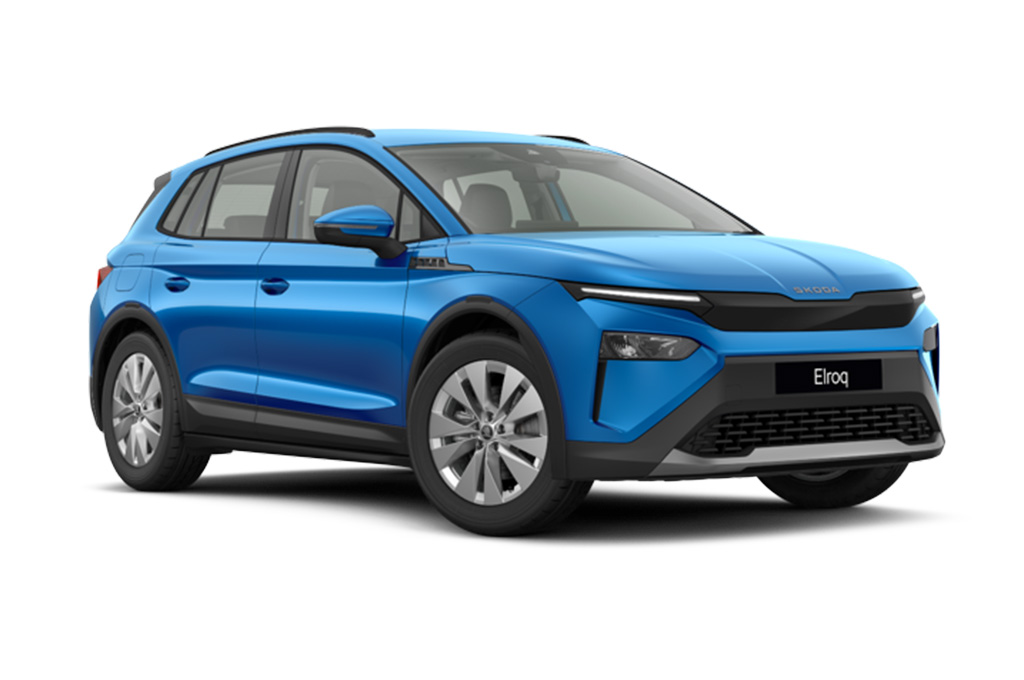Introduction - Suzuki e Vitara
Suzuki is very late to the electric car party, and this is its first electric vehicle. The e Vitara is a compact electric SUV that’s based on the ‘HEARTECT-e’ platform, which is a dedicated electric car platform that Suzuki has developed with Toyota and Daihatsu. As you can see from Nic’s video, there are some distinct similarities between the e Vitara and the Toyota Urban Cruiser… Hmmm.
There’ll be a variety of power outputs in the Suzuki e Vitara. The smaller battery, front-wheel drive e Vitara gets 142bhp, while you’ll be able to get the bigger battery with either front- or four-wheel drive with 172- or 181bhp respectively. We drove
The Suzuki e Vitara is just under 4.3m long, 1.8m wide and 1.63m high, making it smaller than family cars like the VW ID.3, and spot on for a host of rivals ranging from the Jeep Avenger, Renault 4 E-Tech and Citroen e-C3 Aircross, to slightly pricier and longer-range alternatives like the Kia EV3 and Skoda Elroq.
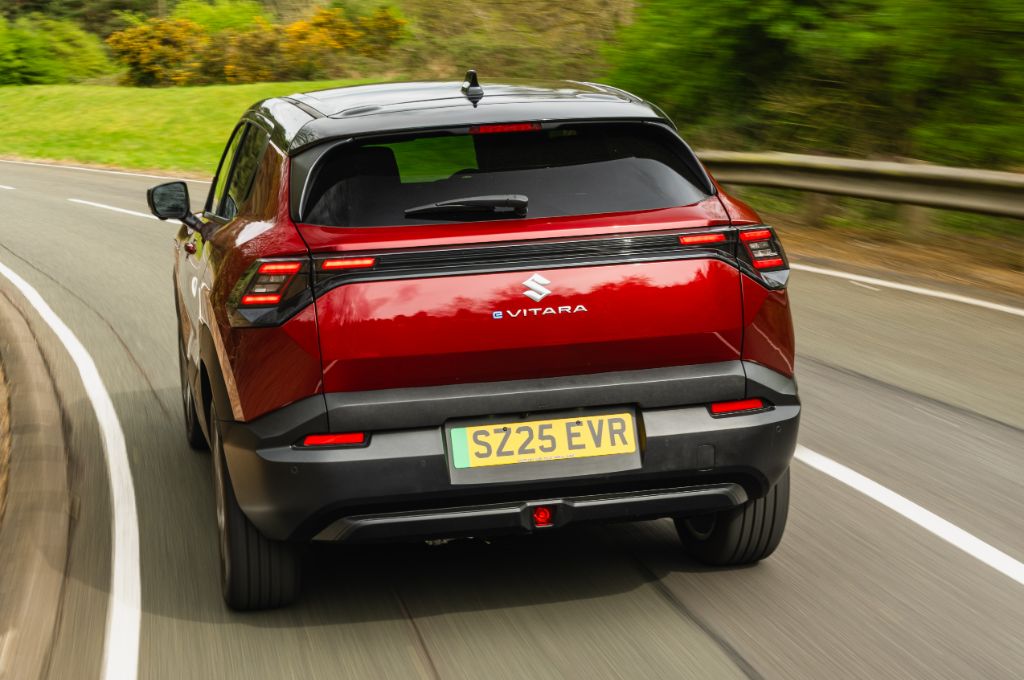
Suzuki is very keen to emphasise the off-roading aspects of the e Vitara, though, and I can see why as there are very few compact electric family cars like this that do have any proper off-road prowess. The Jeep Avenger is the only one that does, and that’s front-wheel drive only, so Suzuki’s ‘AllGrip-e’ electric all-wheel drive system does set it apart a bit. There’s even a Trail mode, to make light work of rougher terrain.
Range, Battery and Charging
Battery options in the e Vitara either a 49- or 61kWh LFP battery that offers a WLTP range of up to 243 miles, while the smaller battery will only be offered with front-wheel drive and manages 214 miles.
As for rapid charging, Suzuki claims a peak rate of 150kW, but also states a time of 45 minutes for a 10- to 80% charge. That suggests that the average charging time may be much lower than that, but we haven’t had a chance to charge the e Vitara ourselves so we’ll have to wait and see.
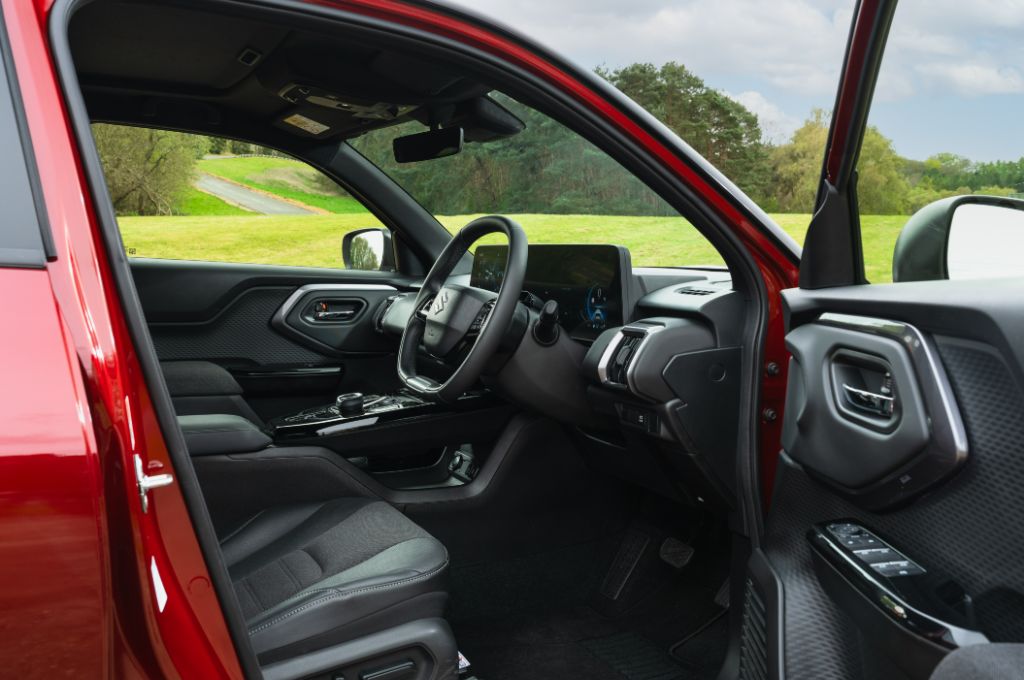
You do get 11kW AC charging as standard, which allows you to take advantage of the faster AC kerbside chargers that you often find in towns and cities, destination chargers at gyms and shopping centres – that kind of thing. Most owners will charge up primarily at home, where 7kW is the fastest charge that you’ll get, and will manage a full charge in around eight- to eleven hours depending on which battery size you’ve gone for.
Practicality and Boot Space
There’s no frunk in the Suzuki e Vitara, but the boot will be big enough for small family duties. It’s not massive. Actually, the 306- to 320 litres that it has (depending on whether the seats are slid forwards or not) it’s quite a bit smaller than the boot in the Jeep Avenger, Renault 4 E-Tech and Ford Pume Gen-E.
The rear seats slide, and split in a 40/20/40 fashion, which is good for versatilitiy – even if the fact that you have to fold the middle section of the seats to use it as a centre armrest is a bit weird. The floor’s also quite high, to accommodate the battery beneath it, so if you’re very leggy then you might feel like your knees are bent up uncomfortably.
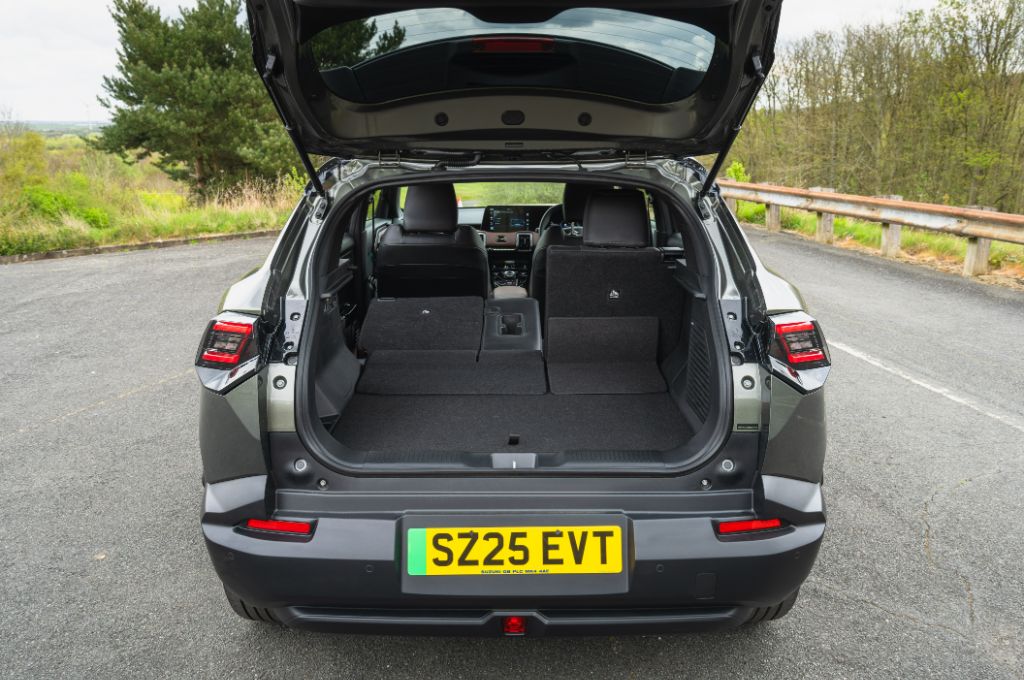
Interior, Design/Styling and Technology
The e Vitara gets a two-spoke steering wheel, 10-25-inch touchscreen and a design that’s fairly toned down from the concept yet still modern looking, with chunky detailing that’s appealingly SUV-ish. I really like it with the brown finish, which seems more interesting and lightens the whole interior, but the black interior that was on our UK test car felt more drab and underwhelming. It’s fine, and I like the physical buttons that make it easy to use, but it definitely feels durable rather than classy. And the design is just okay, and a bit annoying once you’ve noticed that some of its features seem peculiarly off centre!
Motors, Performance and Handling
The e Vitara isn’t particularly powerful, but it’ll do 7.4 seconds to 62mph in the all-wheel drive model, or the two-wheel drive manages 0-62mph in 9.5 seconds. That’s enough, I reckon, although we haven’t tried the two-wheel drive model. The 61kWh Suzuki e Vitara all-wheel drive prototype vehicle that we test drove certainly felt fast enough. There’s quite a bit of road noise, and the steering’s a bit slow so you need more lock than you might expect when you’re going through a tight roundabout or corner. There’s a bit of arm-twirling when it gets tricky, basically!
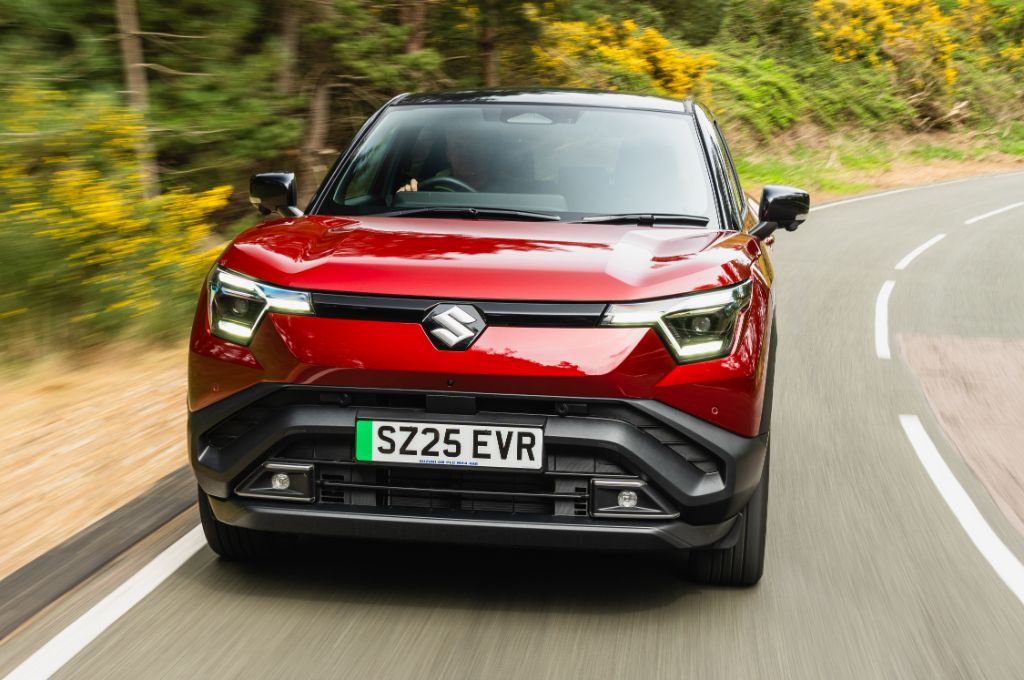
But it’s all predictable and easy enough, and you can weight the steering up in Sport mode to make it feel a meatier, even if the e Vitara never feels like a car you want to drive very quickly.
Ground clearance isn’t great on the e Vitara so you’re not going to do well on any very rutted or torn up terrain, but for a country track or farm yard, it’ll cope really well.
The brake regen’ has three levels, and a one-pedal mode, but it’s so annoying that you have to adjust it on the screen, and you can’t change it while you’re driving! So, you have to stop and change the brake regen’, if you want to make it heavier. Which is a bit silly, really, and makes me very grateful for alternatives like the Kia e-Niro and Hyundai Kona Electric, which have regen’ that’s all controllable on the paddles.
Considering a used electric car? Check out the approved used EVs on Electrifying.com
Running Costs and Pricing
Prices for the Suzuki e Vitara, start at around £29,999 and go up to around £37,799 - that's a little higher than we were expecting. There are two trim levels, and even the entry-level e Vitara Motion gets a heat pump for better winter range, that 10-inch touchscreen infotainment, parking sensors and camera, LED lights and keyless entry, which is a pretty good kit list! You have to go for the bigger battery to get standard heated seats, though. Which is annoying, as heated seats feel like a necessity rather than a luxury to us… Still, you also get heated seats for rear passengers, and a heated steering wheel, so the 61kWh Suzuki e Vitara Motion will likely be great value.
Ultra trim adds the sunroof, part-leatherette upholstery, powered driver’s seat, upgraded audio and wireless phone charging, plus a few style upgrades.
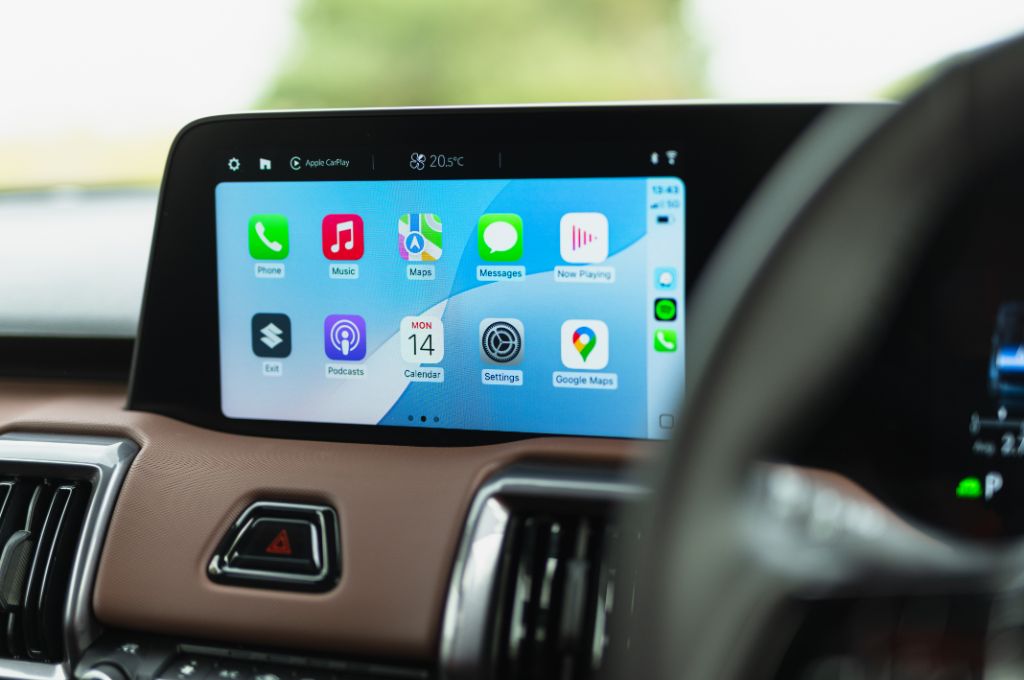
Verdict
The Suzuki e Vitara is an interesting prospect if you’re after a small-ish, useful-ish electric car with some modest off-road chops. Having said that, it also has a lot of very strong competition, so it’ll need to have some very decent monthly costs. It really will come down to lease and PCP prices, so let’s hope that they’re very competitive as – even with that amazing standard warranty – I suspect the e Vitara will struggle to justify itself as it costs a few quid more a Ford Puma Gen-E, never mind the Skoda Elroq.





